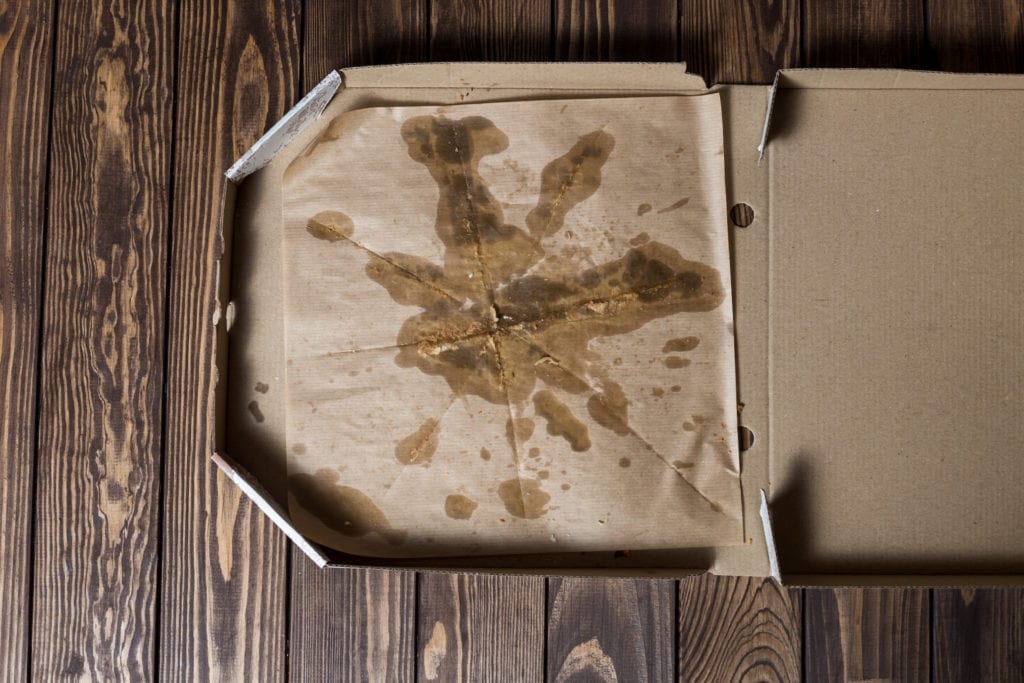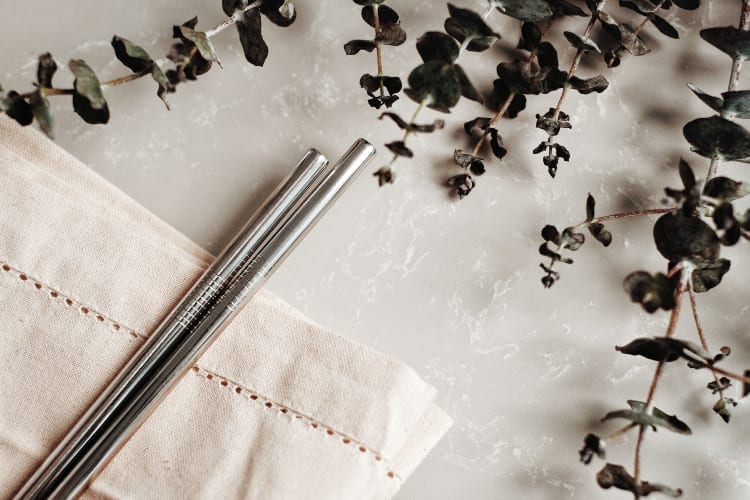What Is Wishcycling And How Can You Avoid This Eco-Unfriendly Habit?

Have you ever heard of wishcycling? Don’t worry if you haven’t; not many people have, but plenty of us are doing it! Despite not many people knowing what wishcycling is, it’s seriously impacting our environment in the worst way.
Wishcycling is something that a lot of people do without even realizing they’re doing it. This bad habit that a lot of us have unknowingly developed is having a really awful effect on the environment.
Today we’re going to go through precisely what wishcycling is, why it’s so bad for the environment, and how you can avoid doing it.
What is wishcycling?
Wishcycling, or aspirational recycling, happens when you put something in the recycling bin without knowing if it’s actually recyclable. 59% of people believe that most items can be recycled (which simply isn’t true), which means over half of people are wishcycling regularly.
Maybe you have a greasy pizza box or a plastic bag from the grocery store, and you don’t know whether it belongs in the recycling or the garbage. So you recycle it just in case.
Don’t worry, we understand! Nobody wants to accidentally add more waste to the planet, right? It’s better to just toss it in the recycling and hope it gets recycled.
The worst that’s going to happen is that you make a mistake, and the recycling plant will be able to fix it.
Right?
Actually, no. Simply wishing for something to be recyclable doesn’t make it recyclable. It also doesn’t mean that it can be sorted out at a recycling plant.
You might have the best intentions at heart, but wishcycling is a massive issue in waste management facilities.
Wishcycling actually creates a lot more waste down the line because these unrecyclable products that you’ve dumped into your recycling bin can make recycling unsustainable.
Why is wishcycling bad for the environment?
Wishcycling is bad for the environment because it can contaminate other recyclable items making them unusable by recycling plants.
Wishcycling has two main negative effects:
1. Wishcycling makes more waste
When you throw something out into the recycling bin without checking to see if it’s recyclable, you can contaminate the items around it.
Meaning when your recycling is collected, it’ll be unusable, and a lot of it might even be rejected by the recycling plant and sent to a landfill. Around 80% of waste buried in landfills could have been recycled if classified and processed properly.
Wishcycling literally causes more waste to accumulate—so it would have actually been better to discard the item into the garbage instead of mixing it with the good recyclables.
2. Wishcycling damages the recycling industry
All recyclables are taken to recycling plants that are fitted with unique capabilities. Depending on where you live, you’ll have specific waste management programs.
When you recycle an item that can’t be processed at your recycling facility, you could be damaging equipment or causing staff hassle while they try to avoid these damages.
If this continues to happen, then the local government might choose to end certain recycling programs because they won’t be economically beneficial to the local economy.
With recycling programs shut down, there won’t be places to recycle your items which will only add to the towering landfills around us.
How can you avoid wishcycling?
Avoiding wishcycling might seem difficult, but it really isn’t that hard.
We’re going to teach you five simple ways you can avoid wishcycling so that you can continue to help keep our planet clean and green, and keep up the great job you’re doing recycling the rest of your waste.
1. Learn your local recycling rules
There are recycling rules that apply to every town or city in the country, but in every place, there are different rules and various exceptions to the rules.
Talk to your local waste authority and learn what recycling rules and regulations are specific to your community. Here are Calgary’s recycling rules.
This will help you keep on top of what you can recycle at your local recycling facilities.
2. Know what can and can’t be recycled
As soon as you’ve figured out the recycling rules of your home town, it’s time to memorize the basics of what can and can’t be recycled.
Here are a few examples of what can be recycled, what you should dump, and what you should check before recycling.
| Recycle it | Dump it | Check it |
| Cardboard Paper Food boxes (clean) Aluminum cans Plastic bottles, jars and caps | Anything that has food on it Broken glass Broken light bulbs Aerosol cans | Glass bottles Plastic bags Juice boxes |
3. Make sure items are clean and dry
Contamination is why a lot of recyclable items don’t get recycled. Make sure your recyclable goods are rinsed thoroughly before you pop them in your recycling.
An item can’t be recycled if it’s:
- Greasy
- Oily
- Contaminated by food
Make sure that your recyclables are completely dry before tossing them into your recycling container. If paper gets wet, then the fibres will start to break down, making it impossible to recycle.
Soggy, wet, or damp paper can’t be recycled, so toss it in the garbage!
4. When in doubt, throw it out
You might want to recycle as much as you can, but at some point, you’re going to get to an item that you just can’t figure out.
Is it recyclable, or does it belong in the garbage?
If you can’t figure it out, and Google can’t give you a straight answer, then just throw it away. You don’t want to contribute to wishcycling after all!
5. Reduce your waste

The best way to reduce wishcycling is to simply reduce the amount of waste you’re creating in the first place.
Around the globe, we use about one trillion single-use plastic bags and 500 billion plastic cups every single year. This is a shocking amount of waste for just a bunch of convenience products that aren’t really needed!
Think about opting for reusable items instead of single-use convenience products.
For example, you could invest in:
- Reusable coffee cups
- Reusable shopping bags
- Reusable food containers
- Writing notes digitally on a tablet or computer instead of on paper
- Washable and reusable coffee filters
Avoid using:
- Disposable plastic bags
- Disposable cutlery and plates
- Plastic straws
We hope we’ve answered some of your questions about wishcycling. We also hope that we were able to show you how much wishcycling can negatively impact the environment and the recycling industry.
By implementing our tips, you’ll be able to avoid wishcycling and help keep the planet (and your recyclables) safer.
If you have any questions about recycling your beverage containers then get in contact with us today!
Related Posts
Top 10 Things You Didn’t Know About Bottle Recycling
Sorting Out The Facts You might feel like recycling is a small act but we think it’s a pretty noble…
Top 5 Reasons to Visit Sage Hill Bottle Depot
Caring for the Community since Day 1 Oh, hello recyclers and environmental enthusiasts of Calgary! If you’re looking for an…
Your Trusted Partner for Recycling Solutions in Calgary
Assisting Small Businesses With Commercial Recycling Have you been looking for dependable recycling services in Calgary? We’re here to expedite…



